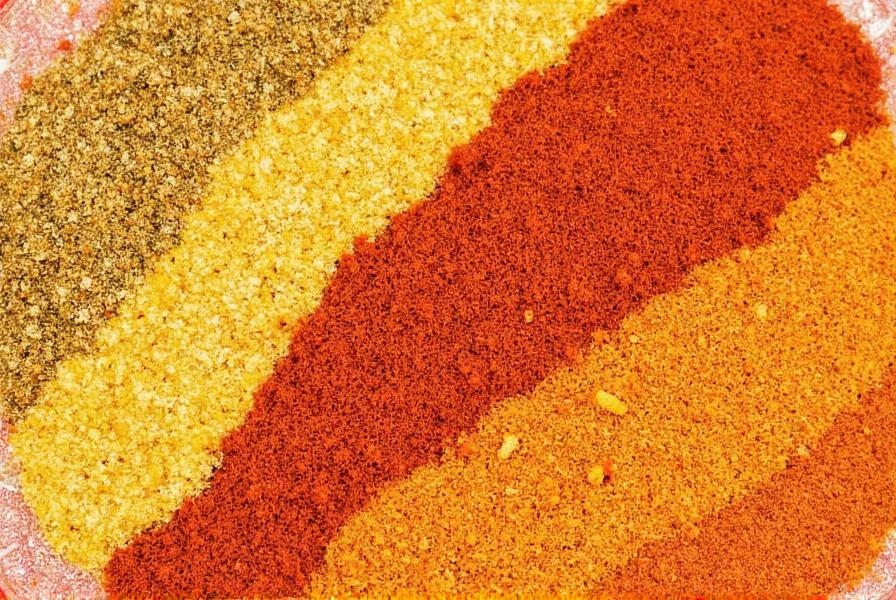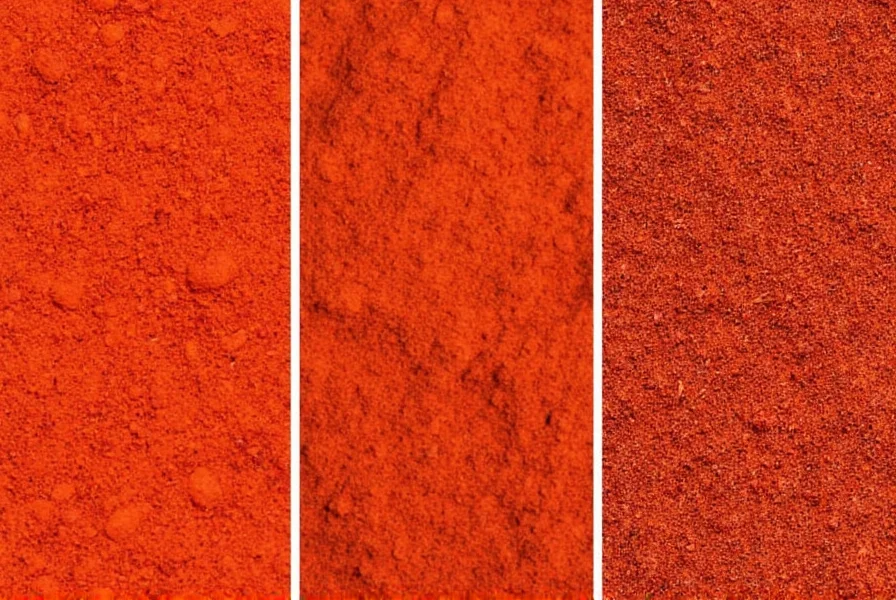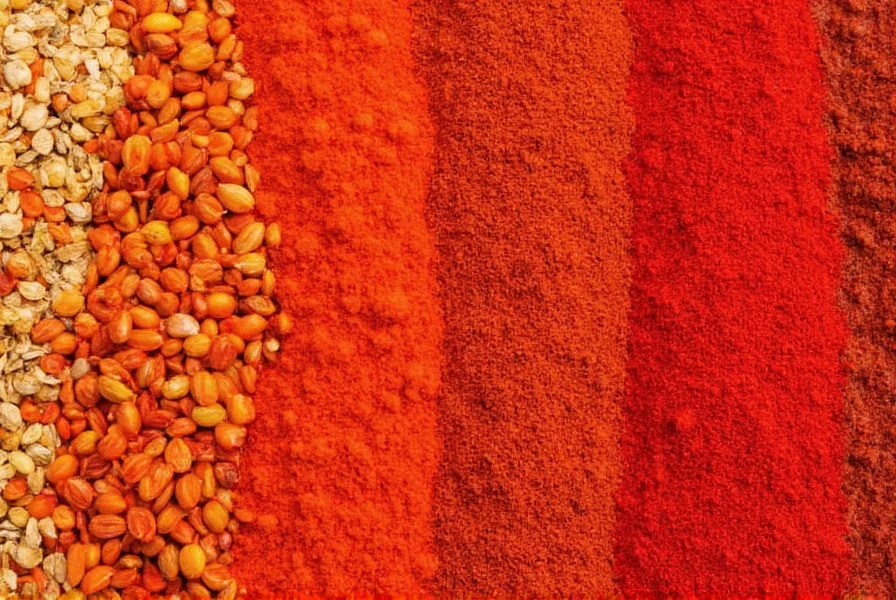Why Paprika Color is the Spice Rack Star You Didn’t Know You Needed
Table of Contents
- 1. Introduction to Paprika and Its Colorful Charm
- 2. The Science Behind Paprika's Vibrant Hues
- 3. Practical Uses of Paprika Across Cuisines
- 4. Buying Guide: Selecting the Best Paprika for Your Needs
- 5. Fun Facts About Paprika Color
- 6. Conclusion: Why Paprika Deserves a Spot in Every Kitchen
1. Introduction to Paprika and Its Colorful Charm
Spices are the unsung heroes of culinary art, and among them, paprika stands out not just for its flavor but also for its striking color. The vibrant red hue of paprika isn't just eye-catching; it adds a pop of color to any dish while infusing subtle warmth and depth. Whether you're dusting it over deviled eggs or sprinkling it into soups, the paprika color enhances both the visual appeal and taste profile.

But what exactly makes paprika so special? To understand this, let’s delve deeper into its origins, varieties, and the science behind its rich shades.
2. The Science Behind Paprika's Vibrant Hues
The secret to paprika's dazzling color lies in its natural compounds. Capsanthin and capsorubin, carotenoids found in red peppers, give paprika its characteristic red tone. Depending on factors like ripeness, climate, and processing methods, these pigments can vary from bright crimson to deep maroon.
This variation isn’t merely aesthetic—it also affects the spice’s flavor profile. For instance:
- Sweet Paprika: Lighter in color, with a milder, sweeter taste.
- Smoked Paprika: Darker, richer tones that reflect its smoky undertones.
- Hot Paprika: Deep red with a fiery kick.
3. Practical Uses of Paprika Across Cuisines
Paprika is more than just a garnish—it’s a versatile seasoning that complements a wide range of dishes. Here’s how different cuisines harness its power:
Greek Cuisine
In Greece, paprika often finds its way into marinades for grilled meats, where its color enhances the presentation without overpowering delicate flavors.
Hungarian Cuisine
Here, paprika takes center stage in goulash and other hearty stews, lending them an earthy warmth and signature red tint.
| Cuisine | Use Case | Advantages |
|---|---|---|
| Mexican | Rubbed onto chicken before roasting | Brightens up the dish and imparts mild heat |
| Indian | Added to curries for depth | Enhances aroma and balances spices |
| American | Garnish for baked potatoes | Visual flair with minimal flavor impact |
4. Buying Guide: Selecting the Best Paprika for Your Needs
Not all paprikas are created equal. When choosing yours, consider the following tips:
Key Features to Look For
- Color Intensity: Brighter colors usually indicate higher quality and fresher ingredients.
- Flavor Profile: Decide whether you want sweet, smoked, or hot paprika based on your recipe needs.
- Origin: Hungarian and Spanish paprikas are renowned worldwide for their distinct qualities.
Advantages and Use Cases
Paprika is perfect for anyone looking to elevate their cooking game. Its versatility means it suits beginners and seasoned chefs alike. Below are some target audiences and suitable occasions:
- Beginner Cooks: Sweet paprika is ideal for experimenting as it adds color and mild flavor.
- Grill Masters: Smoked paprika transforms barbecued items with its bold aroma.
- Vegans & Vegetarians: Hot paprika provides a spicy kick to plant-based meals.
Tips for Storage
To preserve the paprika color and potency:
- Store in a cool, dark place away from direct sunlight.
- Keep it sealed tightly after each use to prevent moisture exposure.
- Replace every 6-12 months for optimal freshness.
5. Fun Facts About Paprika Color
Did you know?
- Paprika was originally cultivated in Central America before spreading globally.
- Its name derives from the Greek word 'peperi,' meaning pepper.
- The paprika color expands beyond food—it's used in cosmetics and even pharmaceuticals!

6. Conclusion: Why Paprika Deserves a Spot in Every Kitchen
From its captivating hues to its diverse applications, paprika is far more than a simple spice. Its ability to enhance both appearance and taste makes it indispensable in kitchens around the world. So next time you’re at the grocery store, don’t overlook the humble jar of paprika—its colorful charm could revolutionize your cooking experience.
Remember, the paprika color isn’t just about aesthetics—it’s a testament to the spice’s natural richness and complexity. Embrace it fully and watch your dishes come alive!











 浙公网安备
33010002000092号
浙公网安备
33010002000092号 浙B2-20120091-4
浙B2-20120091-4